Reviews 16 min read
BYD Dolphin review: The most affordable electric hatchback on the market
Discover EV expert verdict...
- Attractive pricing
- High levels of standard equipment and driver technology
- Spacious and comfortable interior
- Infotainment slow and unintuitive
- Intrusive safety aids
- Cheap interior plastics
Overview
For those of you familiar with the BYD story then you can skip the history lesson and go straight to Driving impressions below. For those that aren’t though it’s an interesting foray into the motoring industry. The company are the world’s leading manufacturer of ‘New Energy Vehicles’ (NEVs) – although that fact should be taken with a pinch of salt as it’s a term used by the Chinese government and it also includes plug-in hybrid EVs (PHEVs) – nearly half of the 1.9 million EVs BYD sold in 2022, in fact. Tesla built 1.3 million EVs in 2022, making it the second largest EV company in the world, with Volkswagen, GM, and Stellantis rounding out the top five. But the Chinese conglomerate is also the world’s leading manufacturer of power batteries – and that’s how they started life in 1995. Since then they have rapidly expanded into four different business sectors: electronics, new energy, automotive and rail transit.
They have more than 90,000 engineers, filed 28,000 global patents, and are the only manufacturer to have mastered the core technologies of the BYD industrial chain, so the power battery, the electric motor, the electric motor controller and power semi-conductor chips. It’s this expertise and technology that means they now work with many household brands – for example did you know a half of all iPads sold globally are made by BYD and currently one fifth of the entire world’s smartphones utilise BYD technology?
Let’s turn our attention to automotive though, and 2023 marks their 20th year. Five years after they formed they launched the world’s first plug-in hybrid: the BYD F3DM or Dual Mode (as it allowed the driver to manually switch from all-electric to plug-in hybrid operation). What followed was a rapid expansion and roll-out of new models that culminated in the state-of-the-art e-Platform 3.0 and the end of all internal combustion engines in March last year. From January to July BYD sold over 1.8 million vehicles worldwide – representing a remarkable year on year growth of 212 per cent. BYD see the UK as a key market and as such they’re launching three new models this year. They started back in March with the Atto 3 (Kia Niro rival), the Dolphin is on sale now and the Seal (Tesla Model 3 rival) will follow in the next couple of months.
Driving
BYD is a global leader in platforms – the aforementioned e-Platform 3.0 allows multi-driving models and is highly scalable – but its three unique features are the BYD LFP Blade battery, the 8-in-1 electric powertrain system and the high efficiency heat pump. BYD’s vertically integrated supply chain means they can rapidly innovate new ideas and approaches and the 8-in-1 electric powertrain system is a great example of this – delivering an overall system efficiency of up to 89 per cent.
It’s designed to be agile and ‘playful’ like its marine mammal namesake. They’re looking for drivers who like a more nimble, lower car over an SUV to easily navigate city streets and add more excitement to the daily commute – and it delivers on both. It is fun to drive, but we wouldn’t go as far as dynamic. The steering feels vague and indirect, and it wallows a little in the corners, it also feels weightless over large bumps; but while it doesn’t handle as well as the MG4 EV and VW ID.3, it’s definitely better that the Renault ZOE and Peugeot e-208.
Performance-wise the 150kW (or 204bhp) electric motor completes the 0-62mph sprint in 7 seconds before going on to reach 99mph (93mph Active), which is pretty respectable for this class of car. Next to the driving selector is a rotary button for 'Mode', which allows you to choose between Sport, Normal and Eco to suit different conditions and preferences. It’s worth noting here that the other ‘Mode’ button on the steering wheel doesn’t change the characteristics of the car – rather the media source, as we found out after wondering why nothing was happening. A change of labelling would solve this confusion .
Next to the Snow setting (which dials down the instantaneous acceleration and , optimises traction and control features) you can switch between two levels of regenerative braking: Standard and High. Even in high it certainly didn't allow for one pedal driving, if you want to scrub off the speed you'll need to use the brakes. Apparently regenerative braking isn't very popular in China, but here in the UK, those who have already converted to EVs will find this quite alien.
BYD’s Integrated Adaptive and Intelligent Cruise system was very easy to use and worked well enough and the car comes with level 2 driving assistance but Tesla’s system is so much better. As soon as we got into the cars for the test drive, members of the BYD team turned off the Lane Support System because it was apparently quite intrusive on some of the narrow roads that our route encompassed. Naturally we turned it on to find out for ourselves and sure enough even on the A roads it pulled the car quite dangerously into the centre of the road or into the verge just when taking a normal line. It was something we heavily criticised the MG4 so they’re not the only manufacturer to produce systems that insist on violently nudging the car when there’s no need!
While wind and road noise is well contained, there is quite a lot of tyre noise at speed and when you take corners fast they emit a squeal – perhaps that’s why BYD has partnered with Hankook to develop tyres specifically for the Dolphin to provide further balance between range and grip. These will feature from November onwards.
Range and running costs
In 2020 BYD launched the LFP Blade battery – what they call a ‘game changer’, providing enhanced safety, optimised strength, longer range and a longer life cycle. This is because the singular cells are arranged together in an array and then inserted into the battery pack like a blade. Its optimised battery pack structure – using cell to pack technology (CTP) rather than traditional cell to module and then module to power structure, increases the space utilisation of the battery pack by over 50 per cent. It also passes the Nail Penetration Test. This is one of the most stringent safety tests in the industry, whereby the battery is literally penetrated with a nail to simulate an internal short-circuit to verify that the battery does not catch fire or burst. And it’s super strong – they even drove a 50 tonne fully loaded truck over the battery pack and it came out intact and ready to use in an EV!
We drove the Design version (see Comfort and Practicality for more information on the four trims available) and it’s offered with a 60.4 kW LFP Blade battery (as seen in the ATTO 3) that is combined with the standard fit highly efficient heat pump system giving a quoted range of 265 miles. Maximum charging is 88kW which can juice from 30 to 80 per cent in 29 minutes (not the fastest on the market) and alternating charging reaches a maximum of 11 kW.
From Q1 2024 the Dolphin will be offered with a 44.9kWh LFP Blade battery (appealing to more urban focussed drivers) with an estimated range of 211 miles for Active and 193 miles for Boost. The BYD Dolphin is also equipped with VtoL (Vehicle to Load) which can achieve 3.3kW external discharge, so the car battery can easily charge external devices.
BYD quote fuel consumption of 15.9kWh/100km (almost 3.8836mi/kWh). Over 500 miles our test car averaged 24.8kWh/100km (2.589mi/kWh), which is pretty unecomical for a car with this performance – we can only assume (or hope) it’s been ragged by journalists and not what you’d get driving it fairly normally day to day.
The integrated heat pump is worth a mention here. It is the industry’s first direct cooling and heating system for power batteries and increases the thermal efficiency by up to 15 per cent in the winter. This innovative system leverages the residual heat from the surroundings, the powertrain, the passenger compartment and even the batteries, and can work at a wide range of temperatures – from -30 to 60 degrees. Intelligent thermal management for extreme weather conditions enables an excellent low-temperature driving range. As a sub-function of the smart brake system, the coordinated regenerative braking system can efficiently recover the braking energy of the whole vehicle.
There is no cheaper electric car currently on sale in the UK and as with all electric cars, the BYD Dolphin is currently exempt from the London Congestion Charge and other low-emission zones, while its sub-£40k list price will mean it will dodge the inevitable future luxury car tax. Make no mistake this is a cheap and very talented small electric car. And thanks to exceptionally strong residual values at launch, it allows BYD to present a compelling PCP offer for customer orders in October of 6.9 per cent APR, paying just £299 per month with a £3300 deposit. Buyers will also benefit from a free Shell recharge card with £612 credit – equivalent of 3000 miles free public charging.
Design
The BYD Dolphin is the first model in the Ocean series and the first to adopt BYD’s unique ‘Ocean design language’ to give the vehicle a distinctive and stylish appearance. It’s achieved this through continuous taillights with cool-looking zigzag LEDs, sharp modern lines down the side and a contemporary dual tone exterior colourway (Design trim only). Personally we like the rounded profile (which is supposed to resemble a leaping dolphin, yep we couldn’t’ see it either) and the rear, but we’re not a fan of the squarish, squat front end. It’s definitely not as aesthetically pleasing as the Atto 3 or Seal, but overall it’s fairly non offensive and it’s extremely streamlined and aerodynamic – with a 0.21 drag coefficient (the same as the Lucid Air!)! We’re not a fan of the ‘on trend’ Amethyst purple or Coral pink (but at least their pallet is more colourful than Tesla’s), or the 'Build Your Dreams' text within the taillight unit. It is understood that shoppers like the tag in China and it is a part of their culture but has proved divisive in other markets. Still BYD has listened to dealer, journalist and dealer partner feedback during this past year, and promised that all Seals built for Europe will feature a cleaner rear tailgate design featuring discreet BYD lettering.
Inside there are more ‘ocean inspired’ details – from the air vents and the smooth, expansive curves, to the dolphin fin shaped handles – which are fun, but also ergonomically practical. Overall it’s a modern and technology laden interior featuring electrically adjustable (six-way for the driver and four-way for the passenger) vegan leather sports seats as standard, BYD’s signature rotating 12.8 inch touchscreen, a small digital driver’s display showing vital driving information, and an intuitive voice command system – Hey BYD.
In top of the range Design trim the full length panoramic glass roof makes the Dolphin’s cabin feel light and airy. Also the clever packaging of the e-Platform 3.0 means boot space of 345 litres, leading to 1310 with the rear seats folded down. In addition there are more than 20 practical and flexible storage spaces (thanks to fewer physical buttons).
For the price, it’s stylish, versatile, comfortable and well-equipped but lacking in quality, as while they’ve created plastics to mimic Alcantara and fabric – they’re very scratchy and hard to the touch. We were not a fan of the blue and grey interior (it’s like being in a Smurf’s head – or should that be dolphin?), or the four huge circular air vents that dominate the dash, but perhaps that’s because it’s not aimed at a forty-something year old! Going back to that rotating screen – we didn’t think it was all that easy to use when upright – maybe that’s why Tesla moved from vertical screens to horizontal ones in 2021? To us it just felt like a gimmick.
Comfort and practicality
The BYD Dolphin features a 2700 mm wheelbase optimised for space and comfort, and having driven the car for two hours we can confirm that it ticks both boxes – I’m almost six foot and I had at least six inches of head room, and there was no sign of dead butt syndrome. There is more than enough leg and head room to accommodate two adults in the back as well. Visibility is pretty good and a 360 degree surround view camera comes as standard on all cars. Despite looking fairly compact from the outside, it feels very cavernous inside.
The infotainment was not very intuitive to use or quick to respond, but does support Apple CarPlay – albeit it didn’t in the car we were in. The connection constantly timed out and requested that I connected it again, to the point we just gave up after a dozen attempts. We were told it was most likely a bug which would make sense given it was only added as an over-the-air update some days previously.
Our only other niggle, was the centre stack featuring rotary dials to manage most functions, which were all too easy to accidentally set off. After the car swerved into the centre of the road and then a few minutes later displayed its hazards on, we weren't surprised to see the car behind us drop back! Still, we liked how the volume button when depressed also allowed you to adjust the volume of the guidance voice.
To keep things simple there are just four trim levels: Active, Boost, (both on sale Q1 2024), while the Comfort and Design are offered during the launch phase. Active is the entry point to the Dolphin range (£26,195) and comes with the aforementioned standard kit as well as the 44.9kWh blade battery mated to the 70kWh electric motor, level 2 driving assistance technology and 16 inch colour alloy wheels. The Boost provides the same features as Active, but with more style and performance thanks to the 17 inch bi-colour alloy wheels, a more powerful 130kW electric motor and multi-link rear suspension. It is priced at £27,195. Comfort builds on that spec but with more equipment such as an uprated 6-speaker sound system, two front parking sensors and the two front seats are also heated. A 60.4kWh battery and 150kW electric motor increases range and performance. It is priced at £30,195. Finally at the top of the range, Design has all the features of comfort and also has the aforementioned dual tone exterior colour options, tri-colour alloy wheels, full-length panoramic glass roof, rear privacy glass and wireless smartphone charging. It is priced at £31,695. Hot off the press, in addition to the launch edition colours, the interior trim will be replaced with standard black and grey, and two further new exterior colours – a new dual tone Ski White and Urban Grey colourway and also a solo colour black across the range.
It’s not been crash tested yet but the BYD Atto 3 achieved 5 star Euro NCAP safety rating, and a long list of standard features should all but ensure a strong score when the time comes. All models feature Forward Collision Warning, Autonomous Emergency Braking, Rear Collision Warning, Rear Cross Traffic Alert and Rear Cross Traffic Brake, Lane Departure Prevention and Emergency Lane Keeping Assist. In addition, a Blind Spot Detection System, Electronic Stability Control, Traction Control, Hill Decent Control, Automatic Vehicle Hold, and Traffic Sign Recognition with Intelligent Speed Limit Control are included as additional driver aids. In terms of lighting, High Beam Assist, Adaptive Front Headlights and Follow Me Home are all standard.
Verdict
While BYD already plays an important role in many people’s lives, the automotive side is somewhat unfamiliar territory to most. The story of the brand is unique, starting as a battery tech company which has progressed to provide a complete range of mobility solutions sets BYD apart from other OEMs. And while they have a good product, BYD recognise that its priority is brand awareness, development of product range and rapid growth of dealer network.
They already have over 100 service points across Europe, which will double by the end of the year and by the end of 2024 they’ll have more than 500 sales points. By working with regional and national dealer groups they’re intending for at least two aftersales locations for every sales point as quick as possible to give customers the confidence to choose BYD. In addition a lot of money has been invested in marketing and investment in the automotive press across Europe to get the brand out there. Sure enough on our way home we saw its latest ad plastered on the UK's largest digital OOH sign on London's M25 close to Heathrow Airport.
The Dolphin is designed to appeal to the masses but it’s primarily aimed at young-minded individuals, who are aspired by sustainable possibilities and to use their vehicle for the city and as family car. If you’re an image focused buyer who wants a fun, versatile hatchback, the Dolphin could be for you. Don’t be put off by its low list price or the fact it’s an unknown name as it’s a very talented all-rounder. BYD could be the first Chinese manufacturer to really shake up the lower end of the electric car market, and hopefully have a knock on effect in bringing prices down a bit and make for more affordable choices.
We can’t wait to see what the future holds for BYD.
Key Specs
2023 BYD Dolphin Design
Price (RRP OTR): From £26,195; £31,695 (model as tested)
Top speed: 99 mph
0-62mph: 7 seconds
Power: 204bhp
Torque: 229lb-ft
Driving range (combined): 265 miles
Charging time: 28 min (188kW, 30-90%)
Insurance group: TBC
Vehicle warranty: 6 years
Battery warranty: 8 years (99,419 miles, 70 per cent of its health)

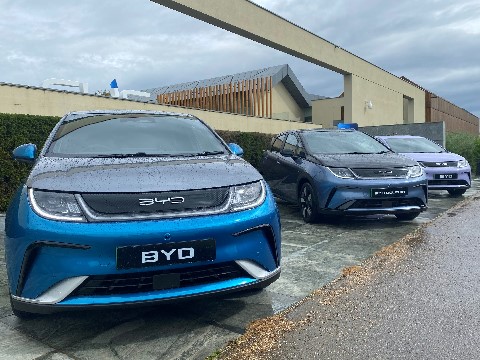


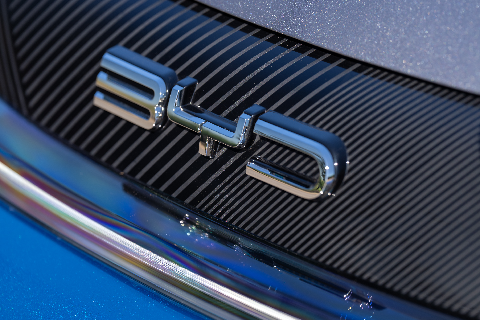
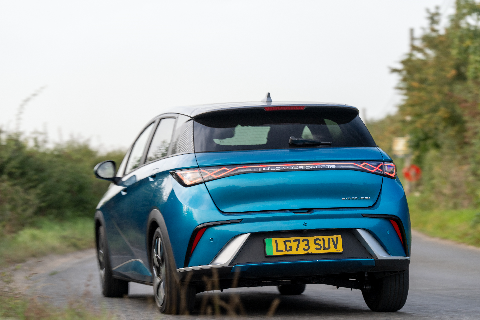
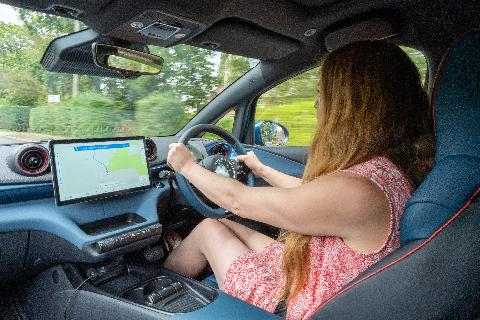
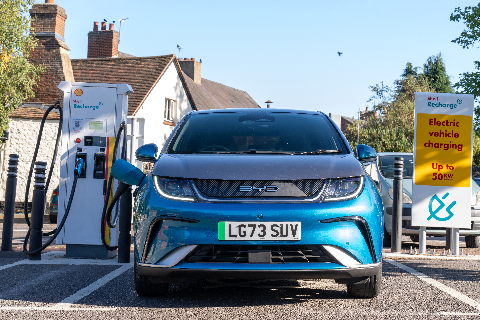
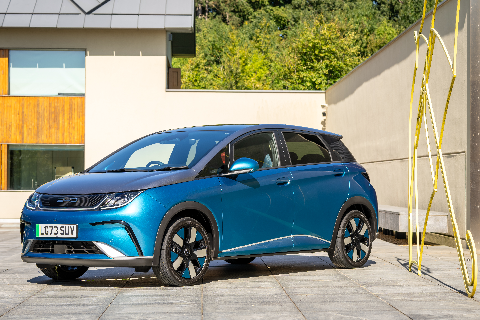
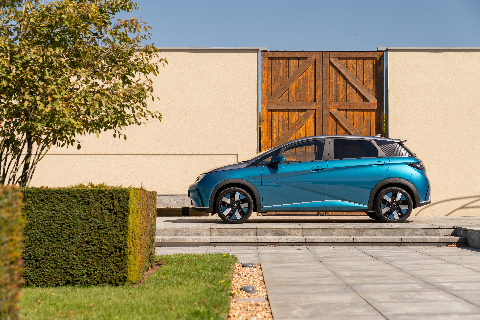
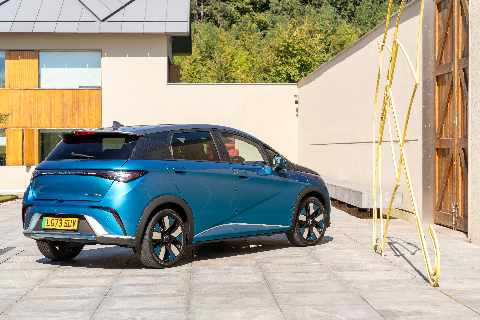
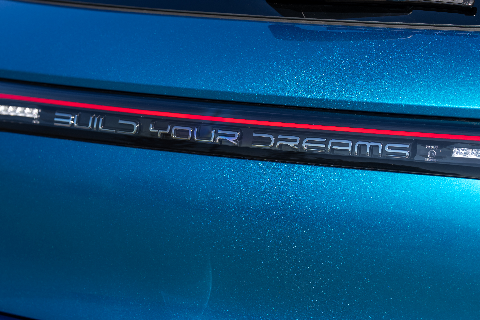
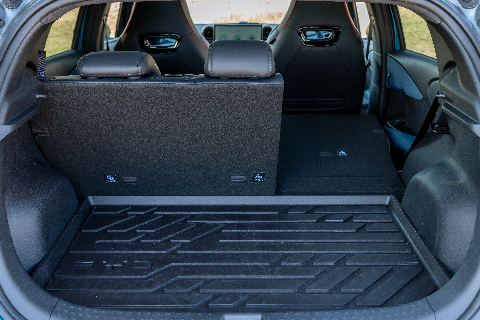
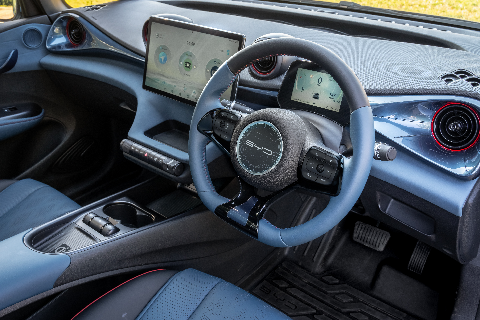
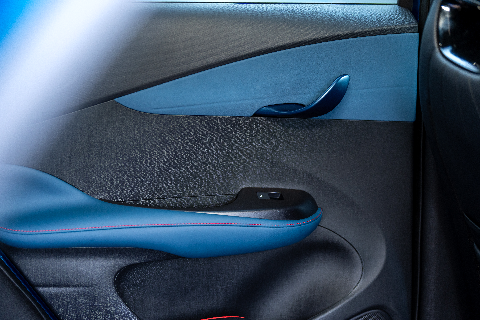
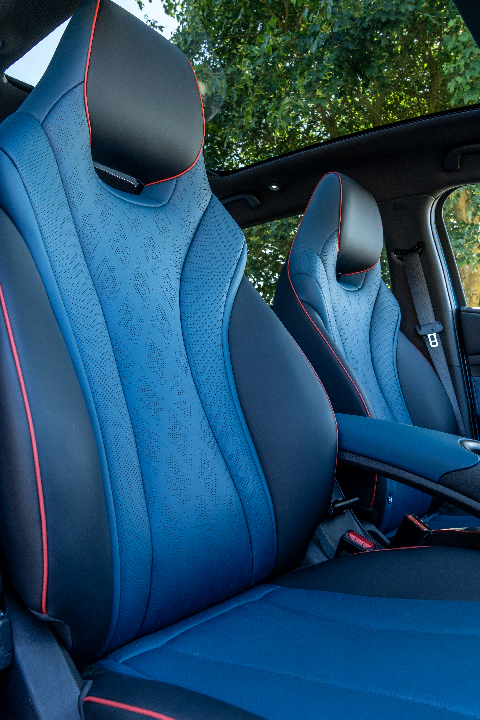
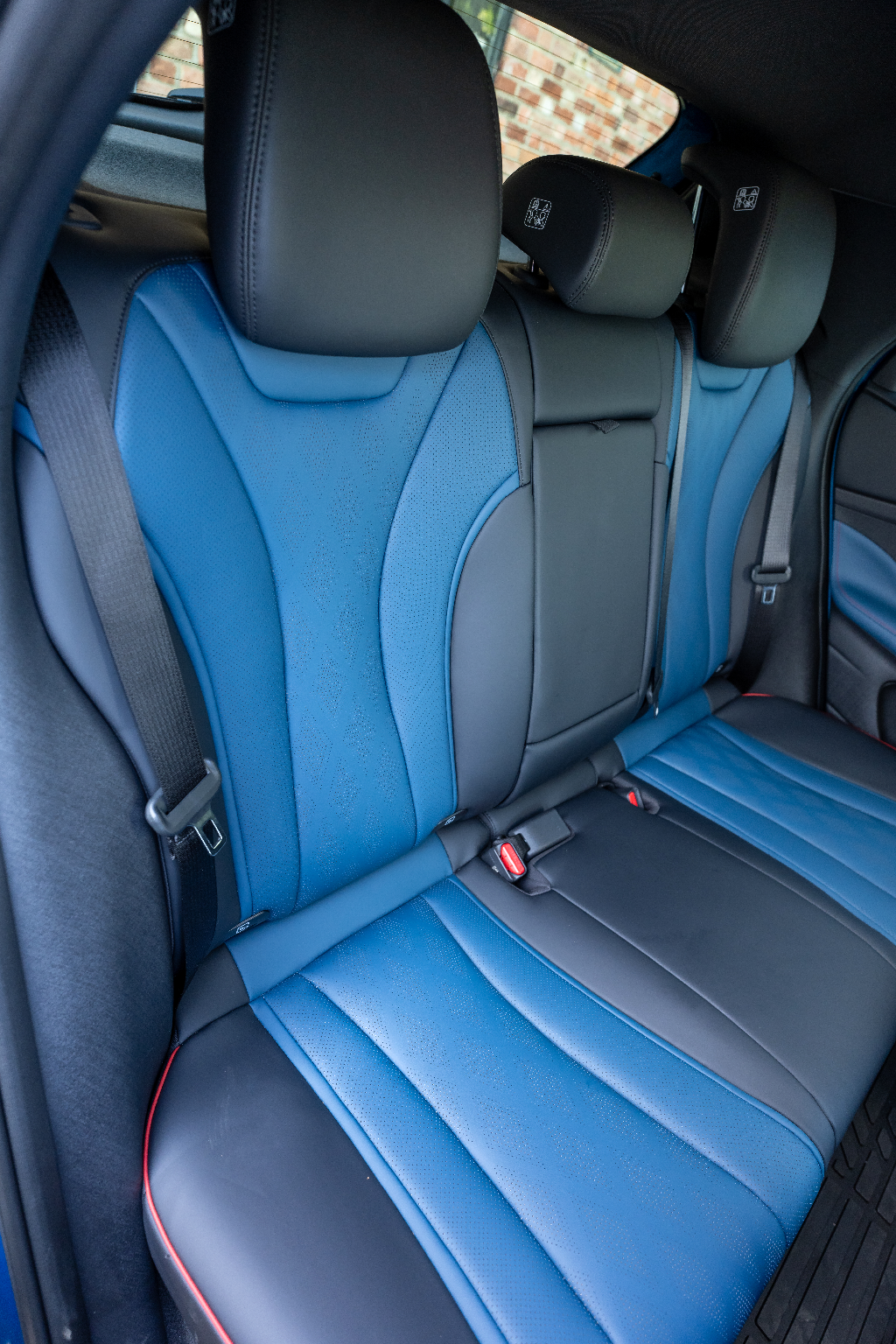
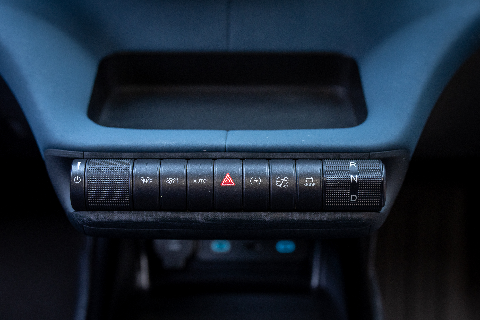
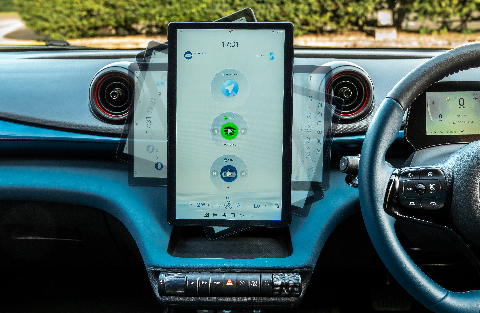
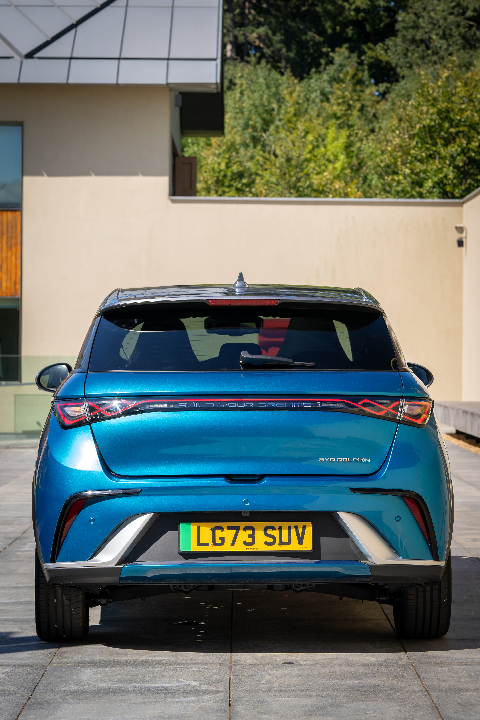

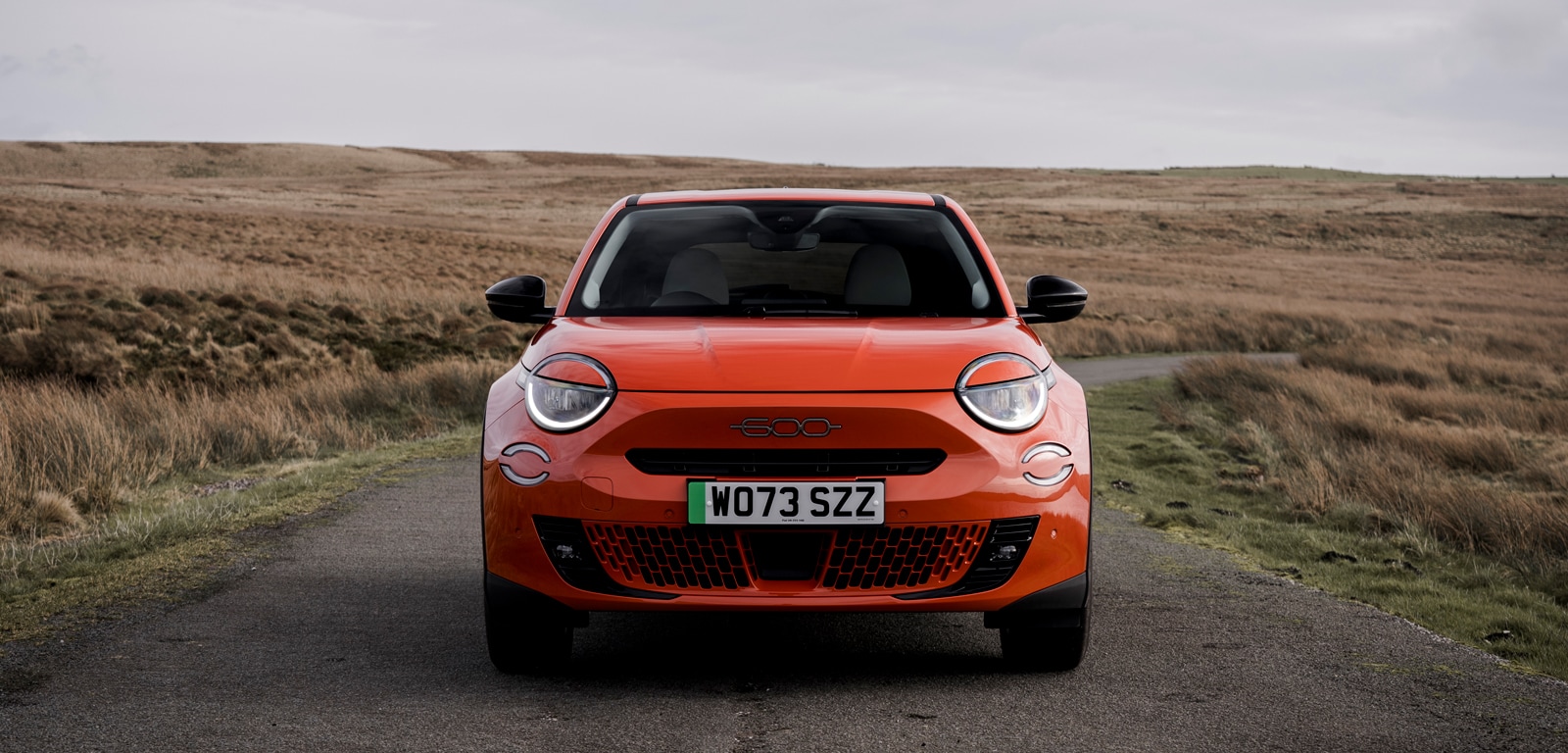
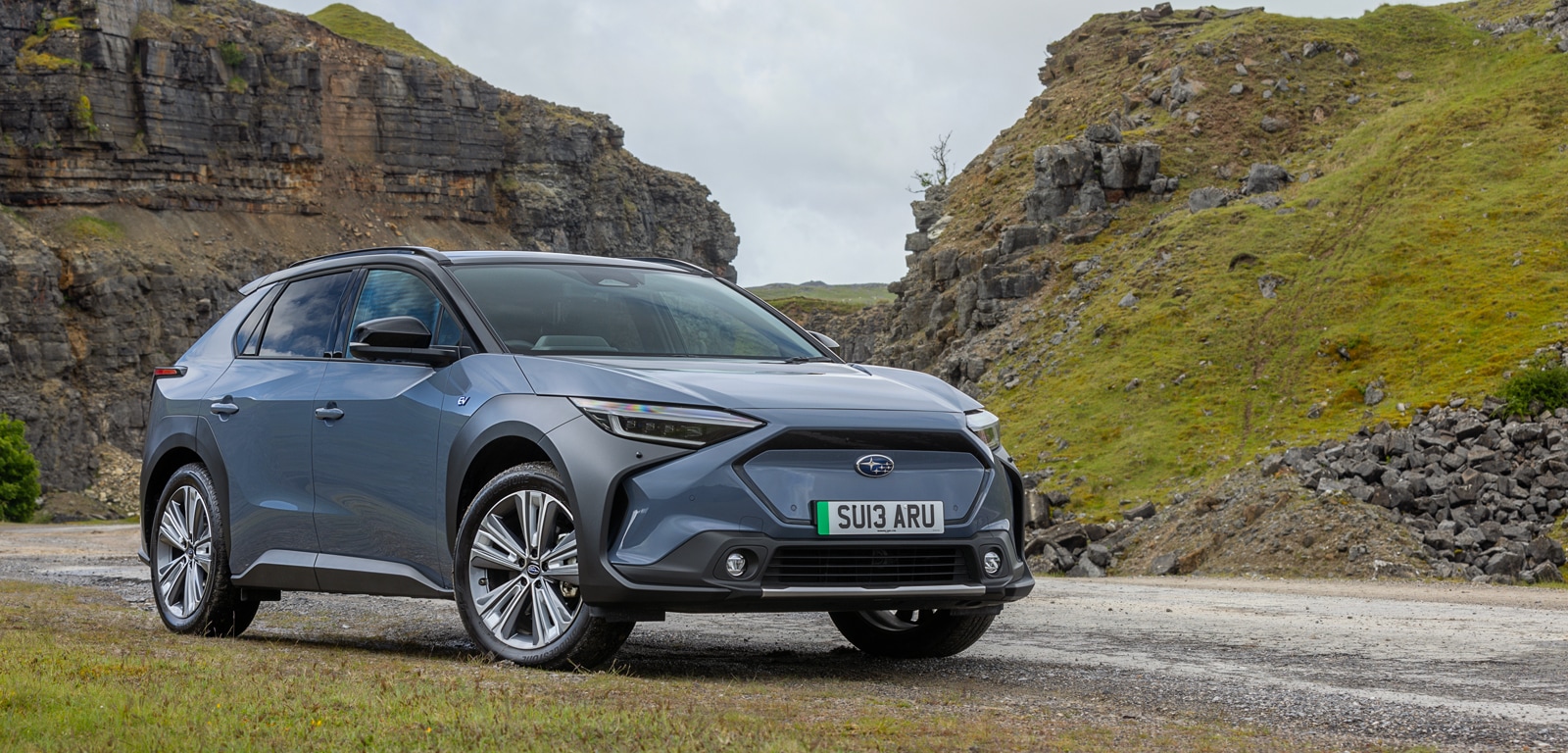
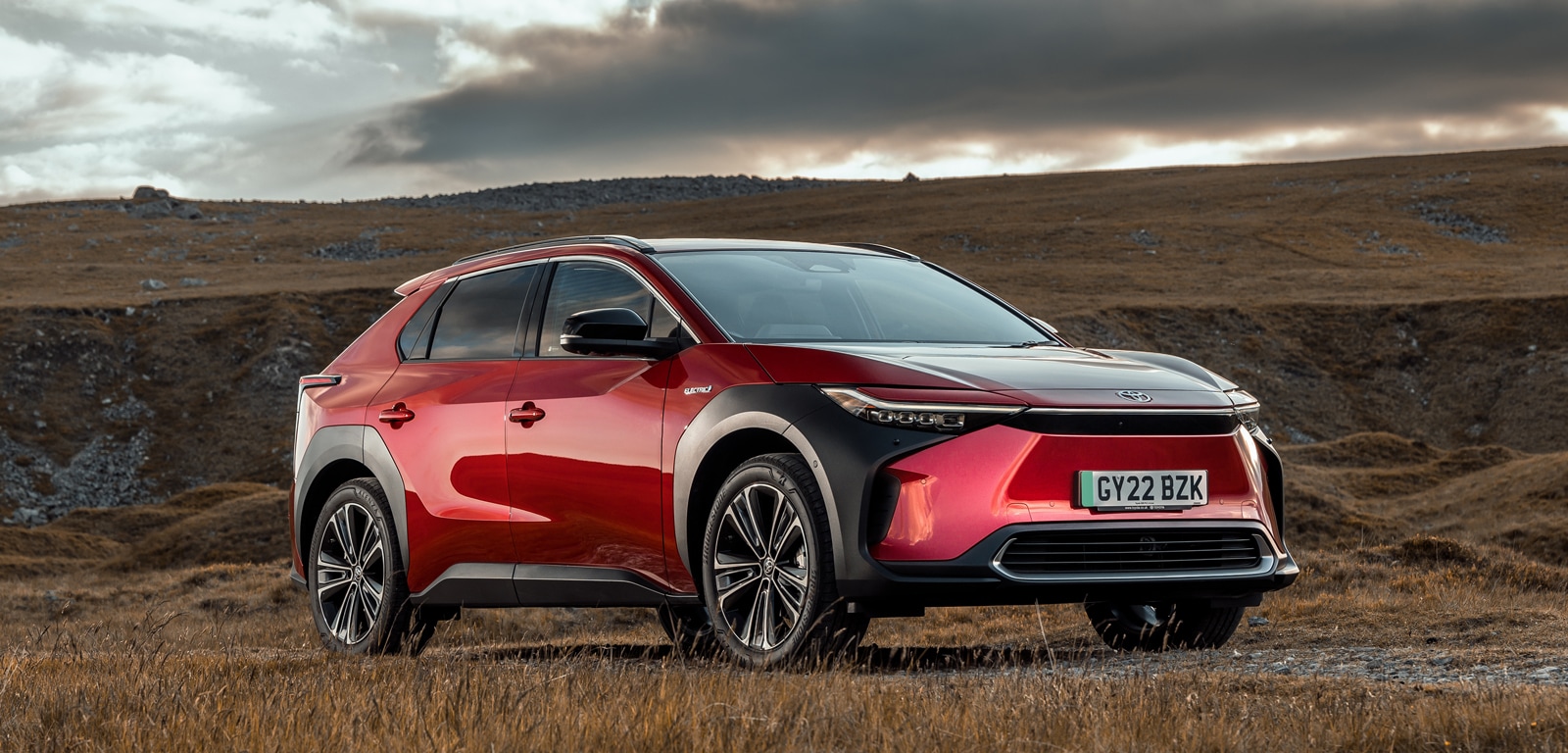
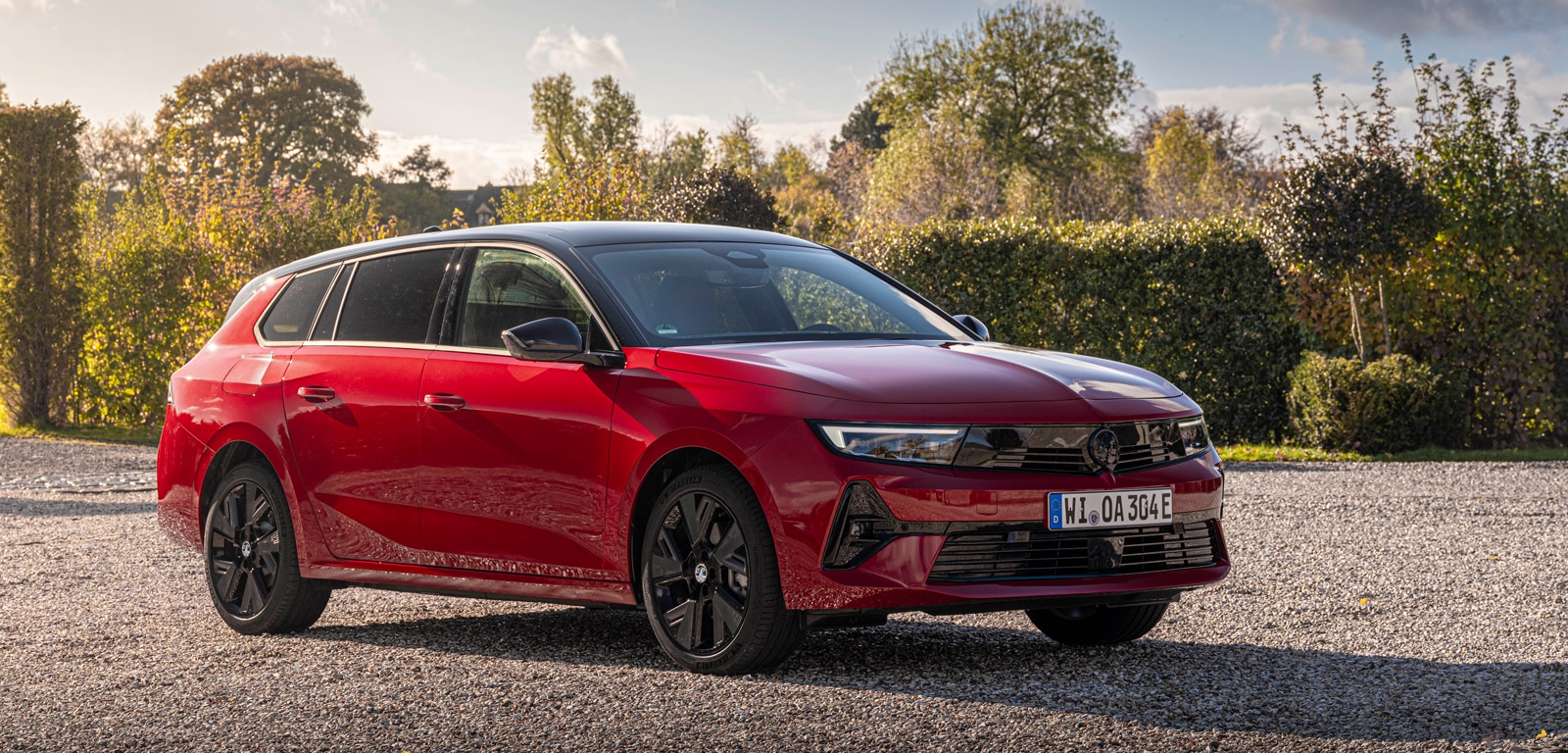
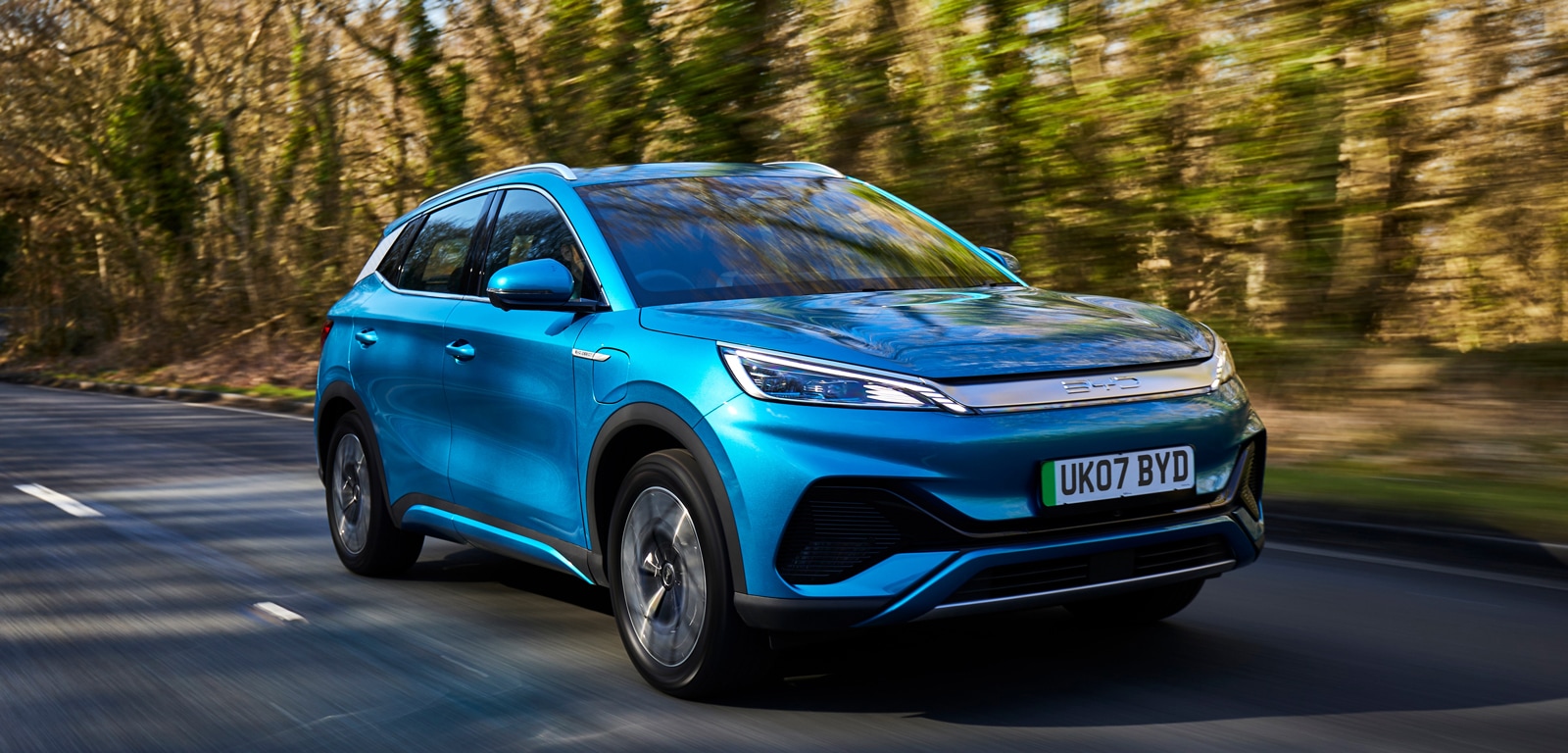
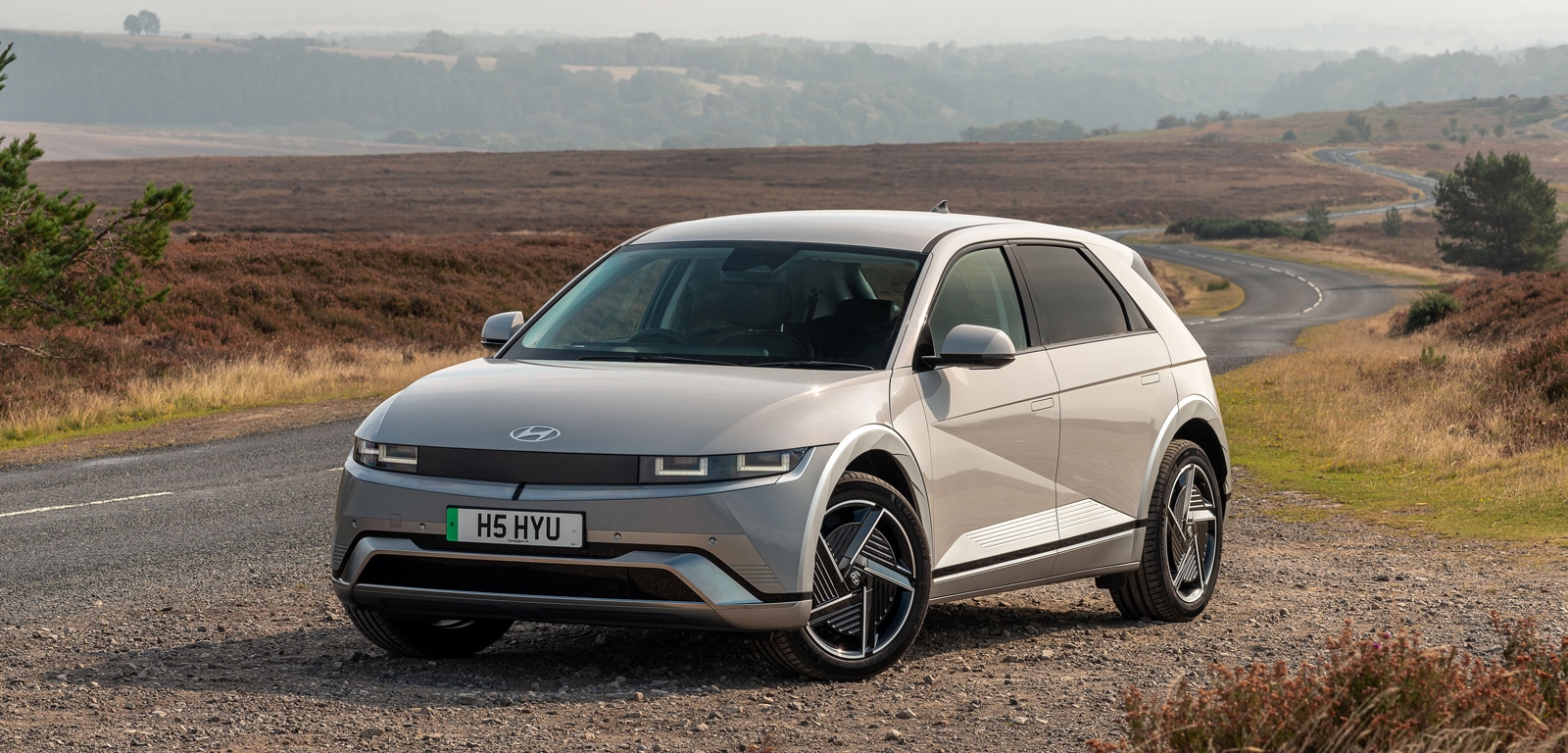

Comments (0)
Be the first to write a comment
Login/ Signup